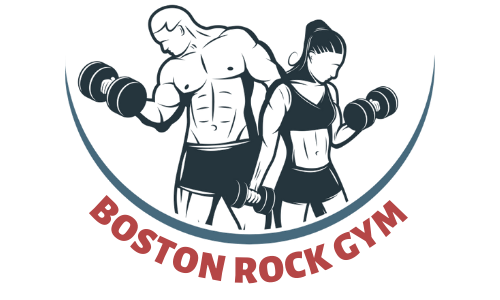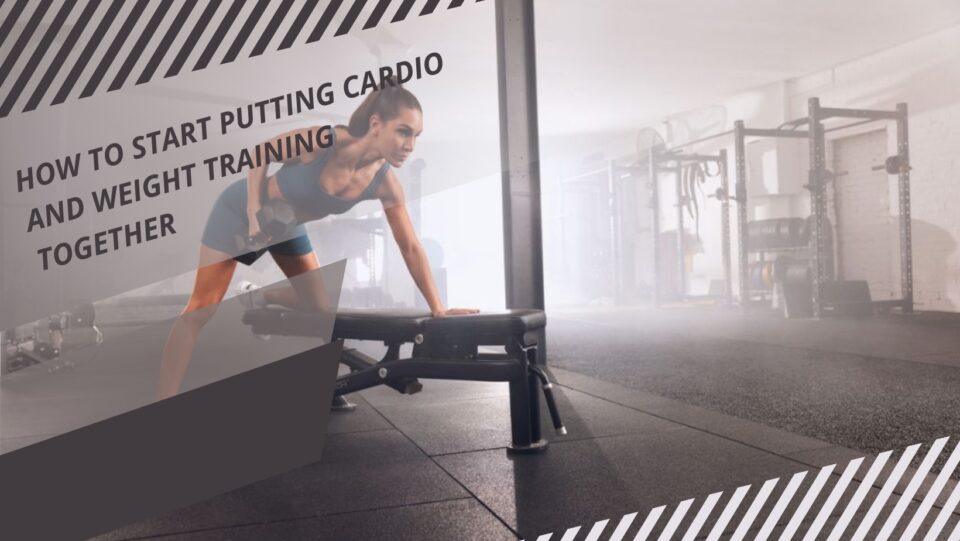If you regularly go to the gym, your program may already include certain exercises that you perform on particular days. You’re undoubtedly also aware of the numerous advantages of a solid cardio workout, as well as that there are very few things that can compare to a good strength training session.
However, if you’re a beginner and don’t know much about these two exercises, worry not! We’re here to explain everything about cardio and weight training exercises and walk you through combining them. Yes, you may absolutely mix these two exercises for the best results!
We explore the advantages of weight training and cardio for reducing body weight, which of these two workouts is better for you, the reasons why they are good for you to begin with, and more. Buckle up, and let’s get started!
Contents
What Is Cardio?
Cardio, also known as cardiovascular activity, is any type of exercise that increases your heart rate and holds it there during the whole workout session. There are many levels of intensity for cardio exercise, including low, moderate, and high. There are several forms of aerobic or cardio exercise, including the following:
- Steady cardio—When you engage in sports like cycling, jogging, or aerobics classes while maintaining a stable heart rate throughout your workout, this is known as steady-state cardio. The Centers for Disease Control (CDC) describes a moderate heart rate range as falling between 64% and 76% of your maximal heart rate, which is where steady-state cardio is frequently (but not always) done
- High-intensity Interval Training (HIIT)—Intensive cardio exercise is combined with brief rest periods to form high-intensity interval training. These exercises often last less time than steady-state cardio workouts because they demand that you perform at a very high-intensity level
Cardio Benefits
The primary value of moderate intensity steady state cardio exercise is that it may be performed continuously for far longer than intermittent weightlifting. Moreover, certain studies show that activities with a modest risk of harm, such as brisk walking, are beneficial to health.
For many people, a session of moderately intense exercise is more approachable and achievable, and as a result, it is more realistic than vigorous cardio activity or heavy weight lifting (which necessitates knowledge of how to use equipment).
However, despite the fact that both high-intensity cardio workouts and moderate-intensity cardio workouts are recognized as being effective for weight loss, HIIT workouts are frequently cited by researchers as being superior because they are quicker and more effective.
What Is Weight Training?
Weight training is a type of physical exercise that focuses on strengthening or building muscle. It employs weighted items like barbells and dumbbells as well as weight equipment like plate-loaded kits. Also, it can aid to increase strength and physical endurance as well as general health.
The main goal of weight training is to ensure that your metabolic rate rises. It refers to how well your body will burn those calories at rest as well as the amount of energy it expends when at rest. It goes without saying that gaining muscle will raise your resting metabolic rate. There is not much of a difference.
The difference between 30 and 40 calories each day, however, can add up to a significant number of calories over time. Your overall caloric expenditure will rise as your resting metabolic rate rises, which should enable you to lose weight over the long term.
Weight Training Benefits
Similar to other types of exercise, weight training helps you burn calories. A standard weight training session often results in lower calorie expenditure than a rigorous cardio workout.
Nevertheless, resistance exercise can also assist you in other ways as you work toward your weight reduction objectives. Having additional muscle helps you increase your resting metabolic rate since muscle has a little greater metabolic rate than fat (energy expenditure).
The variations, though, are not pronounced. Even at the highest end of estimates, it just takes a few more calories per day to add one pound of muscle. That is helpful but not drastically altering.
How To Combine Cardio and Strenght Training
If you’ve never combined weight lifting with cardio, the simplest approach to get started is by making the foundation of your workout basic, comprehensive weight training/strength training activities.
If you’re a beginner, it’s okay to prioritize more cardio exercises rather than attempting to go all-out on the weight training because overworking your muscles is the main thing to avoid when employing this combo.
In fact, you could discover that when you first start out, you need to space out your cardio and strength training routines. Before beginning any type of exercise, it is crucial to understand your limitations.
It’s crucial to remember that combining cardio and weight training calls for a personalized approach depending on your fitness objectives and body type. Experts recommend combining three weightlifting sessions per week with around a 20 to 30-minute HIIT cardio session or cardio training on your “off” days if your objective is to grow muscle.
You could get the help of a personal trainer or fitness mentor if you’re lucky enough to have access to one who is knowledgeable about the best workouts to match your body’s capabilities and fitness level.
They should be able to assist you in creating a workout schedule or cardio regimen that is ideal for achieving your goals, whether those goals include increasing your muscular strength and lean muscle mass or losing belly fat.
Top 4 Best Cardio & Weight Training Exercises To Try
If you’re not sure which exercises would be best to perform when combining cardio and weight workouts, we’re here to help! Take a look at the list below to see 4 of the most common exercises you can go for:
1. Jumping Rope
An excellent exercise that may be performed in between workouts for the upper and lower bodies is jumping rope. Jumping rope develops the lower leg while being easy on the quads and hamstring. Also, it enhances general fitness and athleticism. According to your present level of conditioning, execute as many reps as you can, but be careful not to overdo it.
2. Kettleback Swings
Even on lower body days, kettlebell swings can be performed in between any sort of weight training activities. They stimulate the posterior chain, which we should all train more frequently, and are an excellent fat-burning tool. Aim for 250–500 swings every exercise, performing 15–25 repetitions in between each set.
3. Burpees
The fact that you can perform burpees without any equipment is the best thing about this exercise. Just squat to the ground in front of you and proceed. This exercise is also gentle on the muscles and harder on the cardio, so it won’t significantly interfere with your weight training. Aim for 75-150 burpees altogether in one session, performing 5-10 repetitions in between each set.
4. Jumping Jacks
Jumping jacks are another fan fave since they don’t require any special equipment, they work the cardio without significantly compromising strength, and you can do a lot of repetitions in a short period of time. Jumping jacks should be done as many times as you can in a 30-second period between each weight training session.
If you’re a beginner and you’re only starting to get into the whole exercising mindset, we have some words of advice for you:
- Remember that recuperation and rest are the most important
- On the days after intense exercises, take some time off for complete rest or active recuperation. Your muscles regenerate and get stronger throughout the recuperation phase
- Also, during rest intervals, your body and brain receive much-needed rest from activity
- Choose a workout you like to do. If you love the activities you have selected, your program is more likely to last
- Take some time to experiment with various activities in various environments if you do not typically gravitate toward physical activity or the gym atmosphere. You could do your best in a boot camp on a playground, for example
Conclusion
In terms of weight loss, both cardio and weight training have their own sets of advantages. Further health advantages are also provided by cardio exercise and resistance training. Thus, it is not necessary to select either option. You can try to incorporate both forms of training into your exercise routine.
This well-rounded approach to exercise will help you not only get closer to your weight reduction objectives but also stay fit, healthy, and happy. But, remember to keep in mind that individuals with certain medical conditions or other underlying issues should reach out to their doctor prior to changing their workout routines. It’s always better to be safe than sorry!





